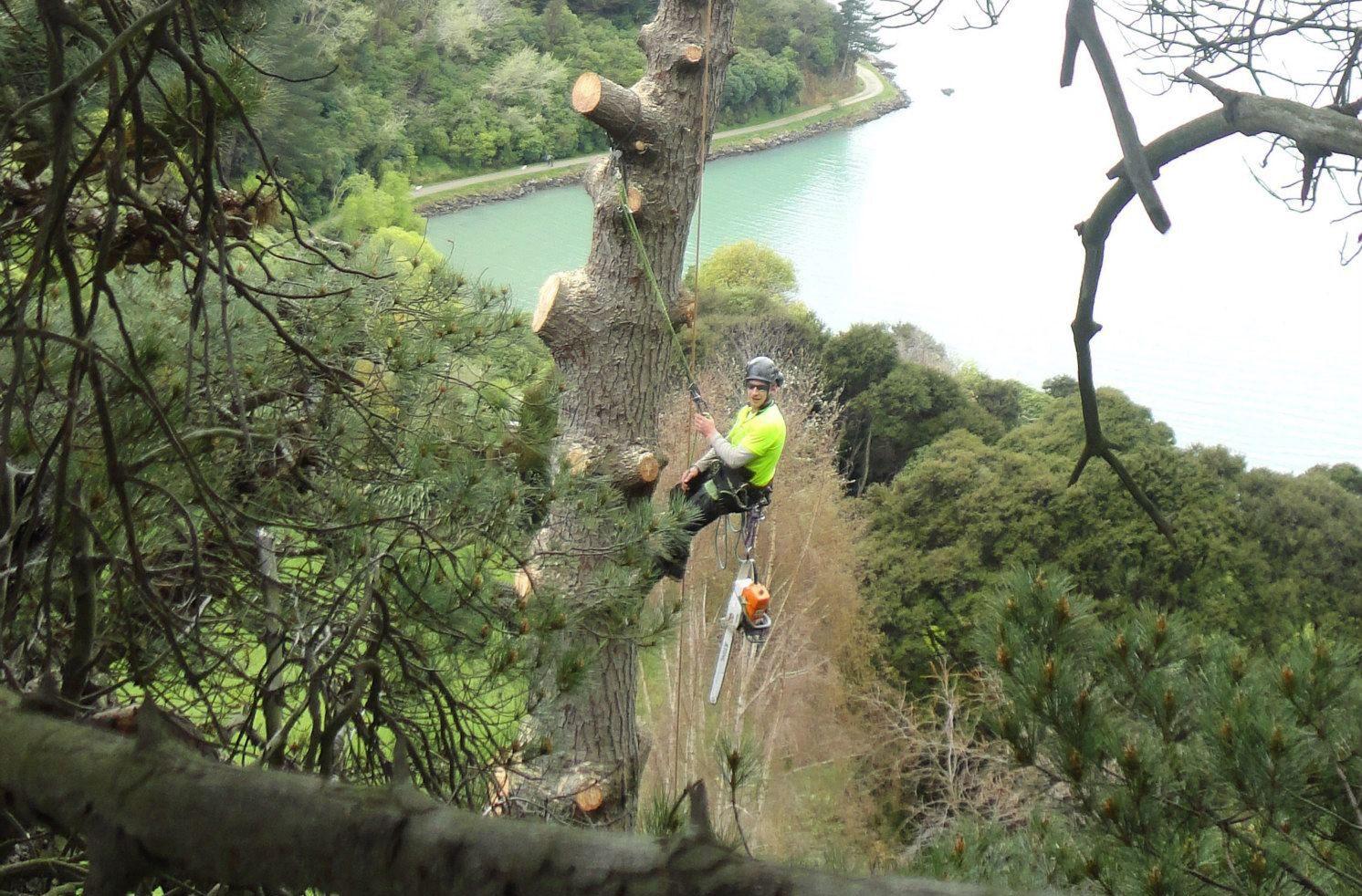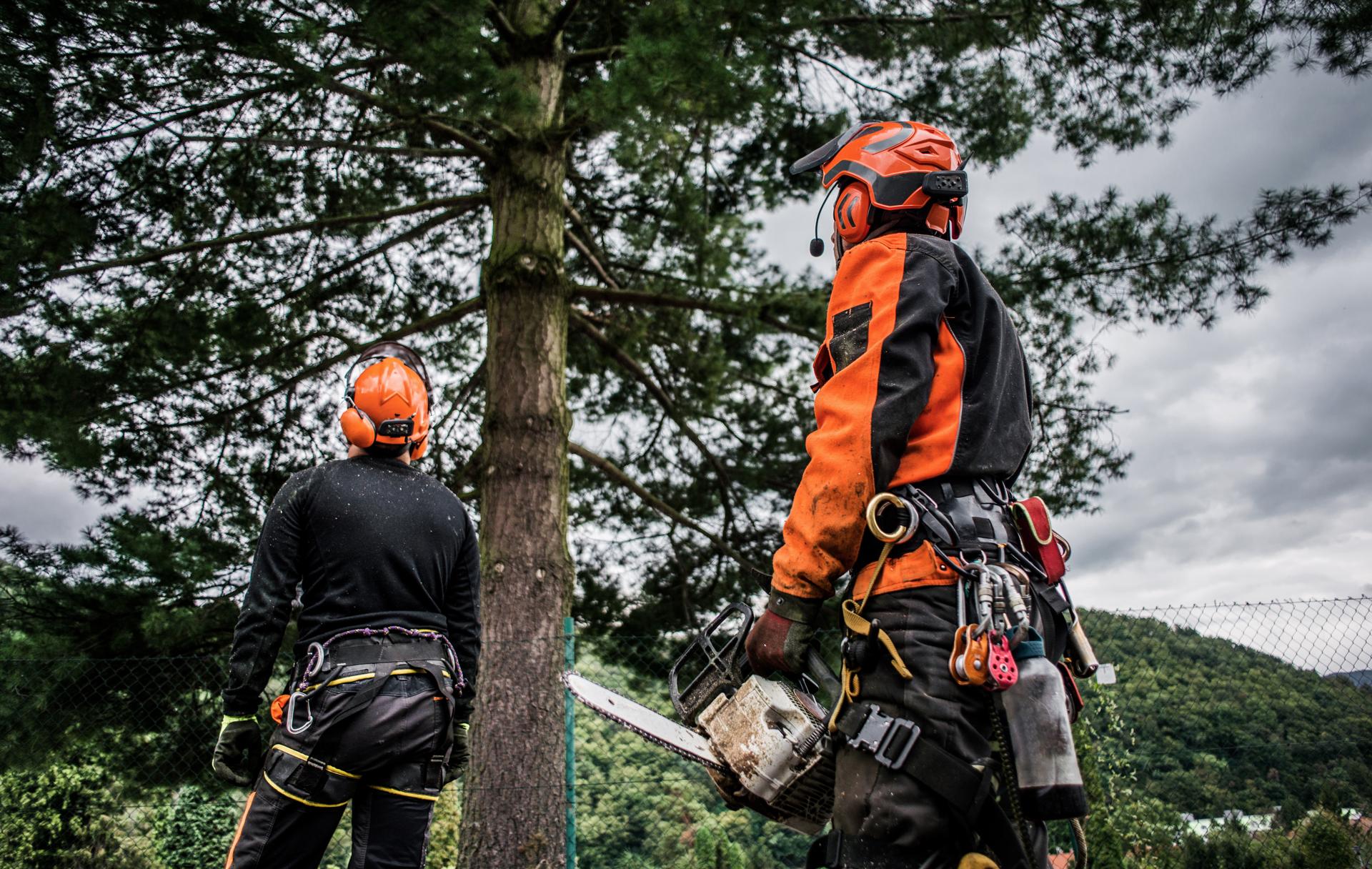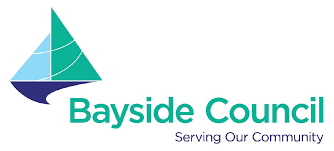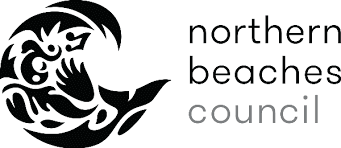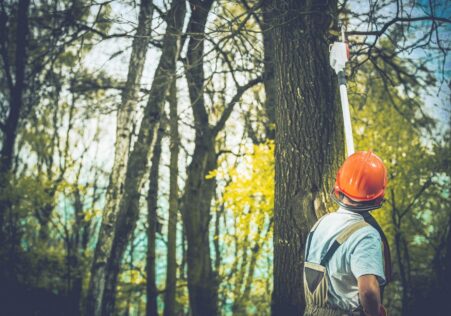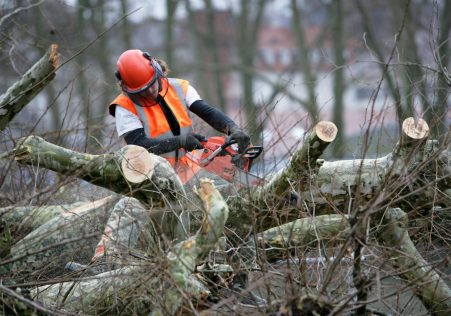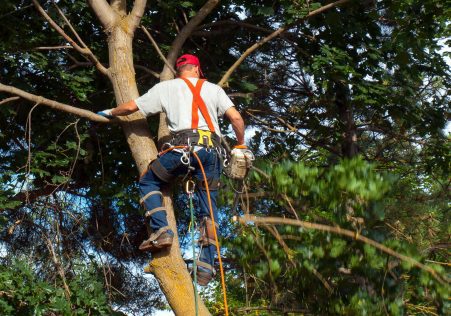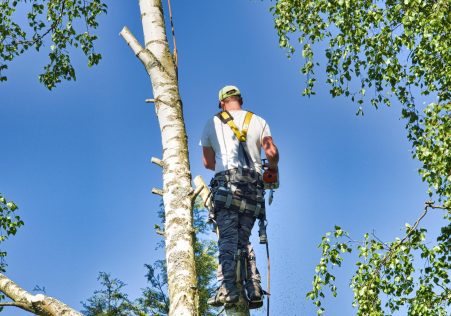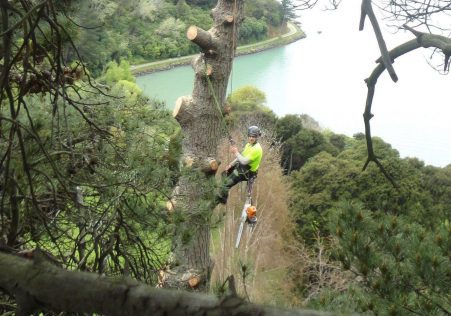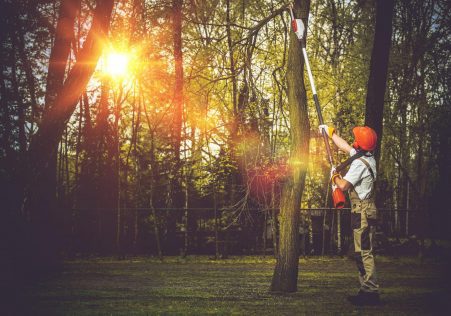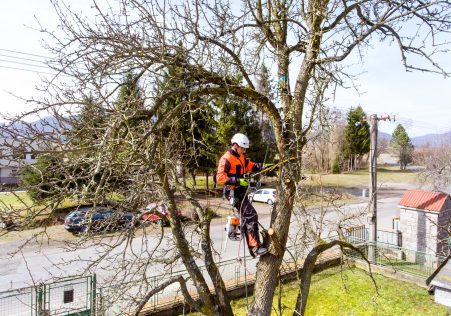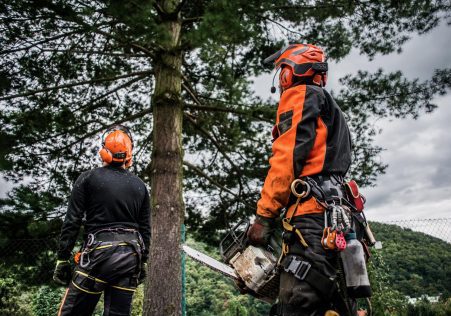Don't Wait Till it's Overdue: Identifying Unsafe Trees
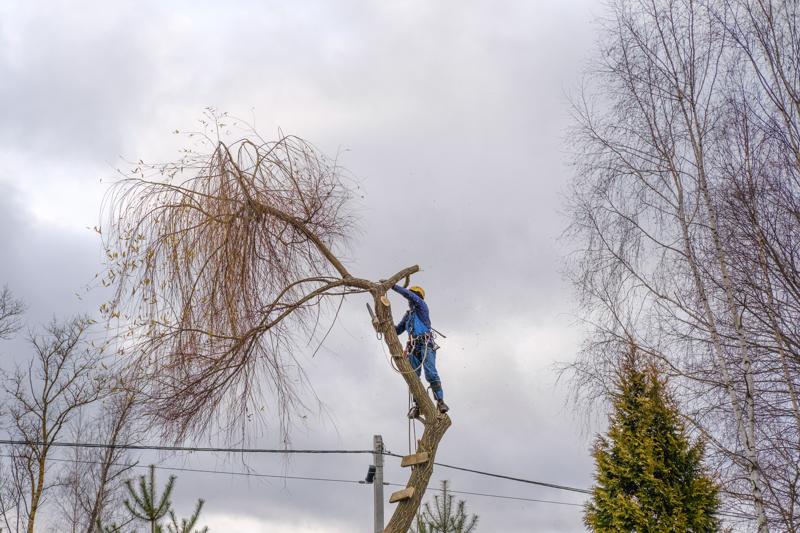
Tree removal is a difficult and potentially dangerous task. If a tree is dead or ill-healthed, or is at risk from falling down, then it might have to be removed in order to prevent damage to the property and to make sure that the tree is safe. How do you know whether a tree should be cut down? This article will guide you through the warning signs to watch out at and guide you decide the right time to call in the experts.
Dead or dying trees
One of the evident signs that a tree needs to be removed is if it’s dead or dying. Dead trees lack leaves and could have a lifeless appearance. If a tree is without leaves or signs of new growth, it’s probably dead. Additionally, the bark of dead trees might be dry, cracked or peeling.
Trees that are diseased
Diseased trees could pose a danger to other trees and plants in the area. The signs of disease that are common on trees are dying leaves, wilted or yellowed branches, and the growth of mushrooms at the root or the trunk. If you suspect that your tree is suffering from disease it is important to have it inspected by an arborist who is a professional.
Leaning Trees
Trees that lean to one side can be a sign of a failing root structure and the tree may be at risk of falling. To find out if a tree that is leaning could be a threat, check for cracks or breaks within the trunk and examine the soil at the tree’s base. If you notice any of these signs you should get the tree examined by an arborist.
Overhanging Branches
The branches of overhanging trees located close to power lines or structures could pose a threat to property and safety. If you are concerned regarding branches that hang overhanging you should get the tree assessed by an arborist who will determine if removal or trimming is needed.
FAQs
What can I do to tell when a tree has died?
An individual tree can be said to be dead when it lacks leaves and has no evidence of new growth. Additionally, the bark of dead trees may be dry, cracked, or peeling.
What are the symptoms of a diseased tree?
Common signs of illness in trees are the appearance of yellowing leaves, wilted branches, and mushroom growth at the at the base of the tree.
Can you safely remove a tree yourself?
Tree removal is a difficult and possibly dangerous job. It is best to leave the task to professionals to protect you and others.
Conclusion
When it comes to tree removal, it’s crucial to be able to identify the signs that a tree requires to be cut down. When you’re aware of signs of dead or dying trees, diseased trees, leaning trees, and overhanging branches You can take action to ensure the safety of your property as well as those around you. If you believe that a tree on your property must be removed and you are unsure, reach out to The Hills Tree Services for a professional evaluation. Our highly trained arborists are equipped with the knowledge and experience to handle all the tree removal requirements. Don’t take any chances with your security. If you believe that the tree that is on your property should be removed, please contact The Hills Tree Services today for a expert assessment. Our arborists are experienced and can provide you with peace of mind that comes from knowing your property is in good hands. Call us now to 0480 024 203 to schedule an appointment.

